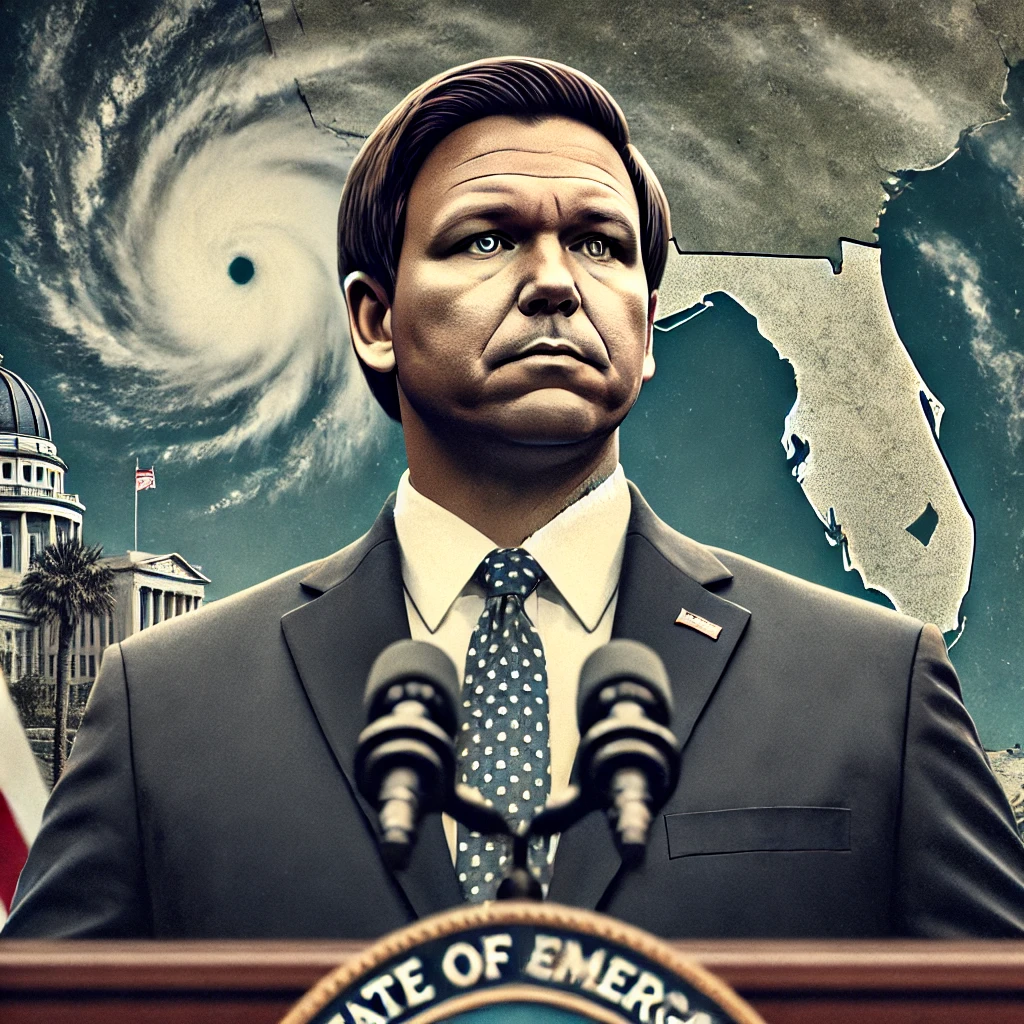Update: Governor Ron DeSantis declared a state of emergency for 54 counties in Florida on Thursday ahead of the potential impacts of Invest 97L and added 7 more counties to the order on Friday. This places 61 of Florida’s 67 counties under the state of emergency order.
Governor Ron DeSantis declared a state of emergency for much of Florida, excluding South Florida, in anticipation of a potential tropical depression. Forecasters warn of heavy rains and floods even if the storm doesn’t strengthen into a depression. This decision, while prudent on the surface, raises questions about DeSantis’ broader approach to climate change and disaster management.
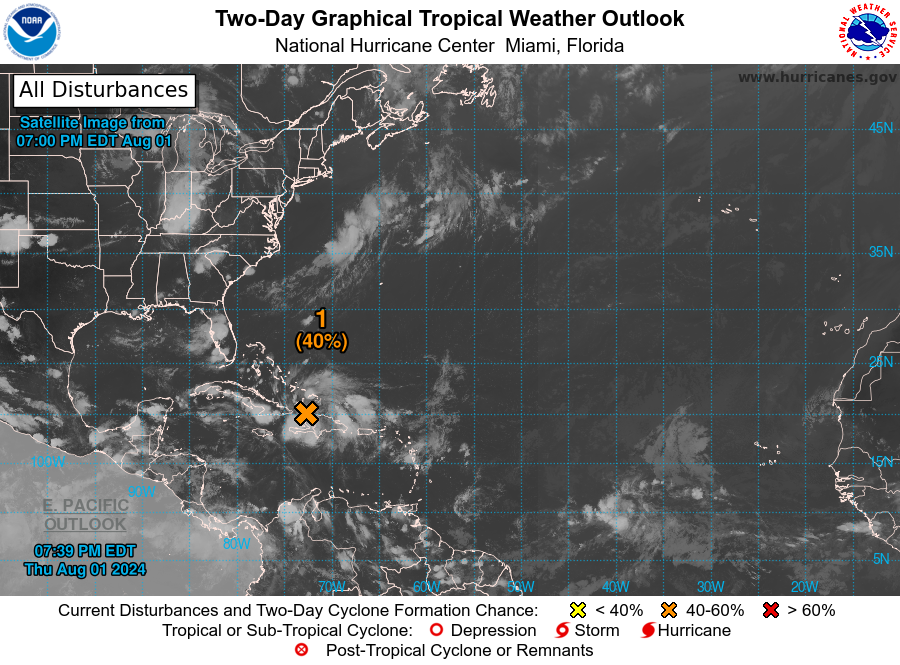
DeSantis signed an executive order to prepare resources for a possible “major disaster” in 54 of the state’s 67 counties in North, Central, and Southwest Florida. The order, notably, excludes most of South Florida except for Monroe County. The governor stated, “As Governor of Florida, I am responsible to meet the dangers presented to the State of Florida and its people by this emergency.”
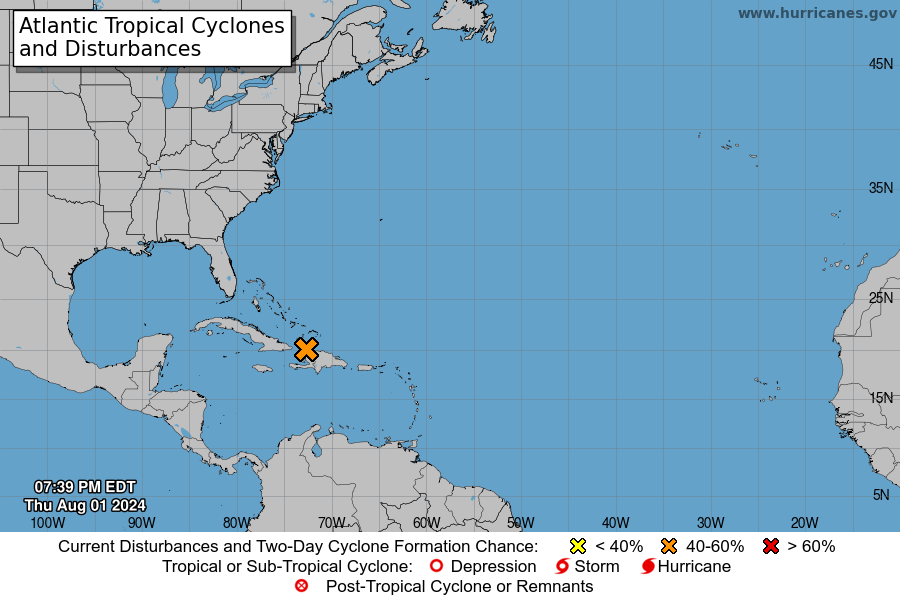
The state of emergency was triggered by a tropical wave, identified as Invest 97L, being tracked by the National Hurricane Center. This wave is producing a large area of showers and thunderstorms over Hispaniola, Puerto Rico, the southeastern Bahamas, and the adjacent waters of the southwestern Atlantic and northeastern Caribbean Sea. Forecasters indicate that the wave has the potential to develop into a tropical depression over the eastern Gulf of Mexico as conditions become more conducive to storm formation.

As of Thursday night, the hurricane center gave the wave a 40% chance of forming into a depression within the next two days and a 70% chance over the next week. Regardless of development, heavy rains could cause severe flooding, partly due to the tropical wave. DeSantis’ emergency order warns that some regions of Florida might see at least 12 inches of rain in the next seven days, resulting in “flash flooding, river flooding, coastal flooding, erosion, and gusty winds.” The severe weather could damage “critical infrastructure” such as highways, bridges, airports, schools, hospitals, and power grids.

While the declaration aims to mobilize resources and prepare for the impending storm, it also exposes a critical issue. DeSantis has repeatedly dipped into federal FEMA funds to address immediate crises while simultaneously promoting policies that downplay the impact of climate change.
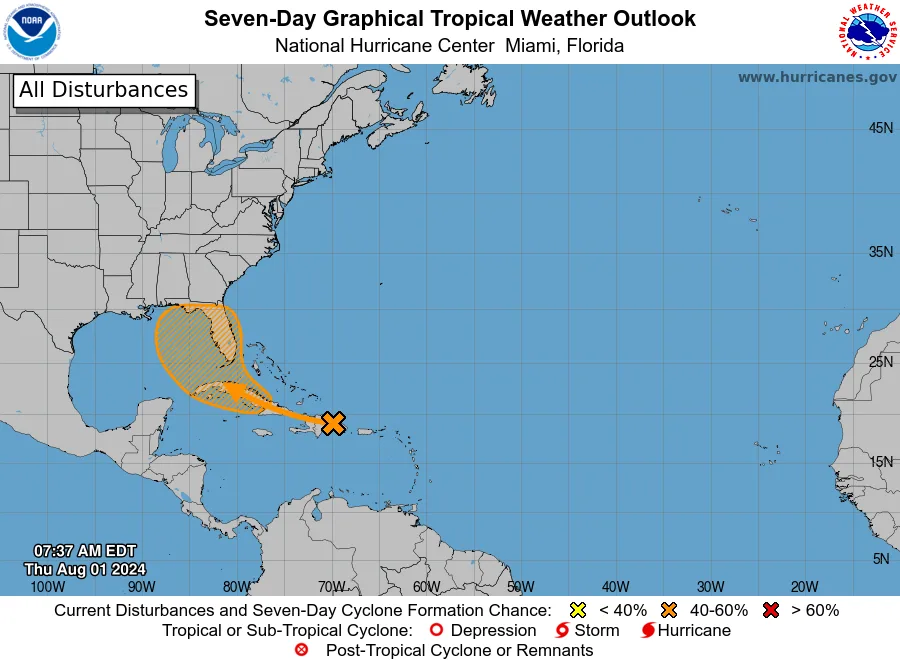
This approach creates a cycle where Florida is perpetually reacting to disasters rather than proactively mitigating the root causes, such as rising sea levels and increased storm frequency linked to climate change. The issue that is even more concerning is why was an emergency declaration not made in heavily democratic leaning South Florida Counties when the 7 day cone forecast clearly includes the region.

DeSantis’ reluctance to acknowledge and address climate change exacerbates the state’s vulnerability to such natural disasters. His administration’s policies have often focused on short-term solutions funded by federal aid, rather than investing in long-term strategies to combat climate change and enhance resilience. This strategy not only strains federal resources but also leaves Florida residents perpetually at risk.
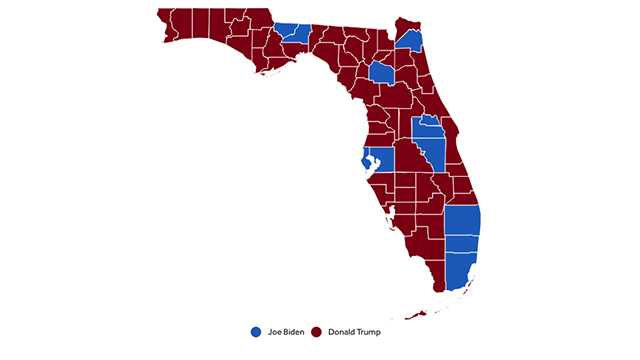
The exclusion of most of South Florida from the state of emergency also raises concerns. This region is highly susceptible to flooding and storm surges due to its low-lying geography. Critics suggest that the selective nature of the emergency order might be politically motivated, potentially leaving vulnerable communities without adequate support.
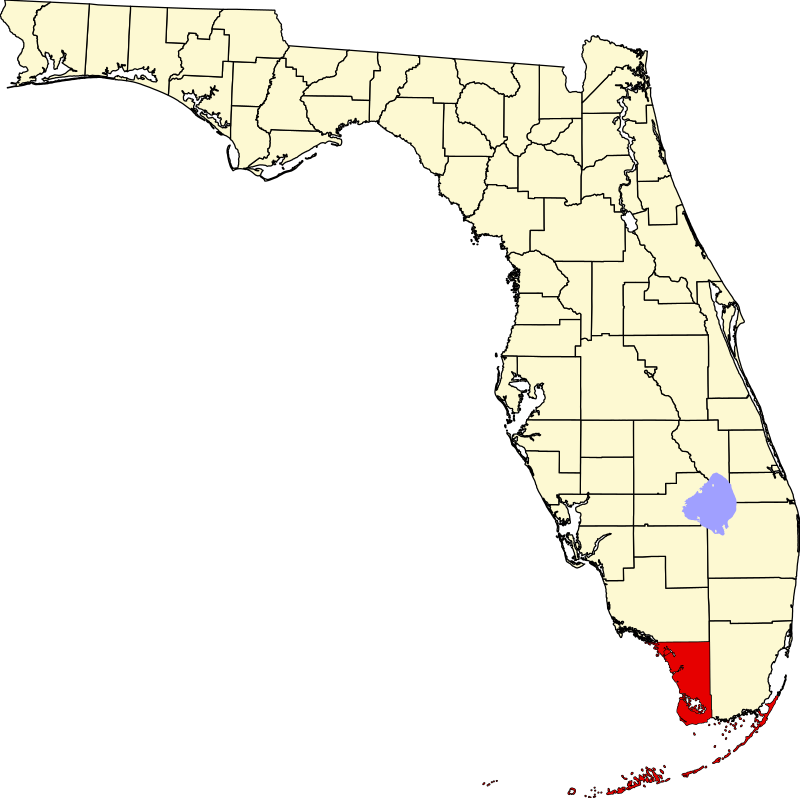
The inclusion of Monroe County pictured above, while excluding the heavily leaning democratic counties of South Florida is very troubling. While DeSantis’ declaration of a state of emergency is a necessary step in the face of impending severe weather, it underscores a broader issue.
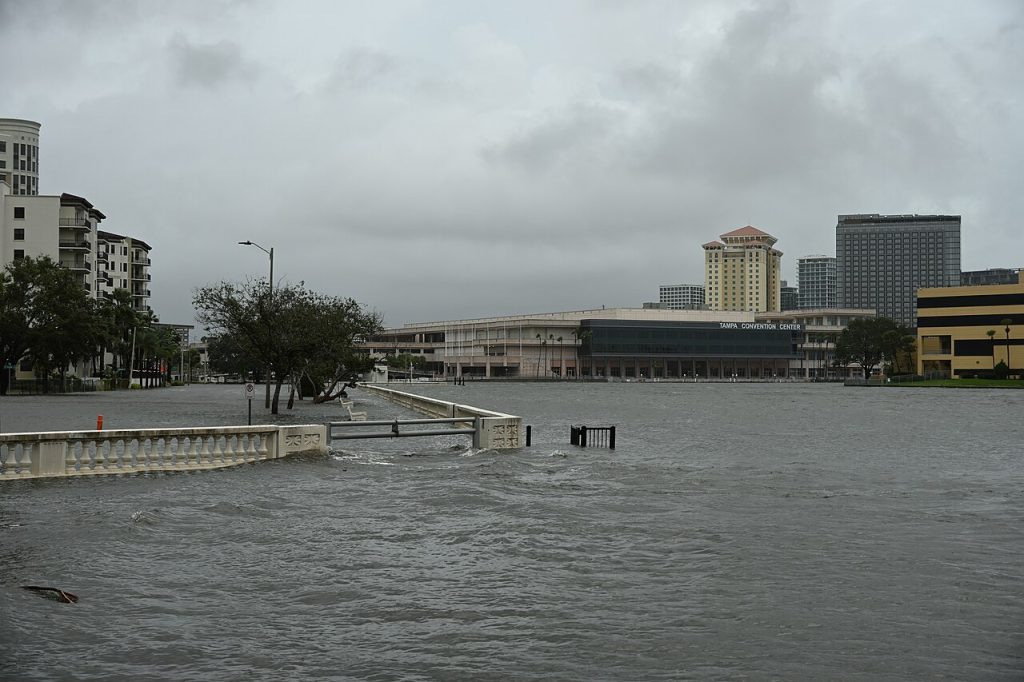
The reliance on federal funds to manage disasters, coupled with policies that neglect climate change mitigation, leaves Florida in a precarious position. Long-term resilience requires acknowledging and addressing the root causes of these increasingly frequent natural disasters, rather than merely reacting to their immediate impacts.

